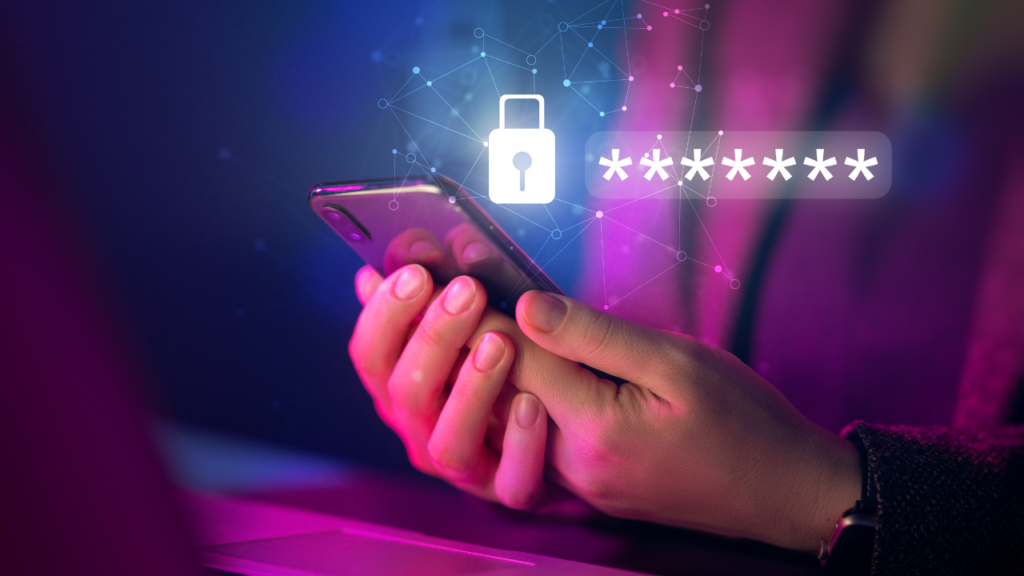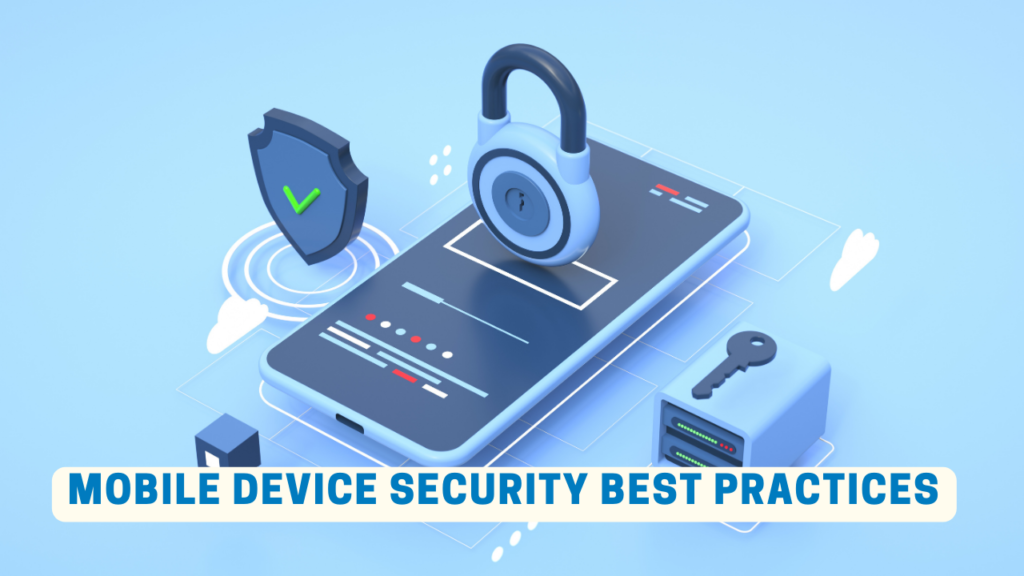With the explosive growth in mobile device usage among businesses, ensuring the security of company data and user information has become critical to success. Employees’ smartphones and tablets are increasingly being used to store business documents, access email accounts, log in via internet-enabled applications, and even process financial transactions, all of which worryingly leave sensitive corporate information vulnerable. Adopting proper policies for workforce mobility is necessary to effectively protect both your business and employees from numerous cyber threats posed by malicious actors.
In this blog post, we’ll cover some key strategies to help ensure mobile devices within a workplace remains safe at all times.
Create a Comprehensive Security Policy For All Mobile Devices
Creating a comprehensive security policy for all mobile devices is an important step in protecting business data and consumer privacy. It can be difficult without the right guidance, but the benefits make it worth the effort. Such policies should include steps to encrypt data stored on devices, verify identity before granting access, setting strong passwords and two-factor authentication protocols, control which applications can be downloaded, establishing access control lists and outlining acceptable usage policies. Additionally, security patches should be monitored and enforced when available to ensure maximum protection against attackers. Adopting these essential measures for mobile device security will help ensure that user data remains secure and protected against malicious attacks.
Require Two-Factor Authentication For All Employees’ Accounts
Two-factor authentication is an important security precaution that safeguards employee accounts against unauthorized access. By adding an additional layer of protection, your company can ensure that only authorized individuals log in to your system and keep confidential information secure. In addition, two-factor authentication drastically reduces the risk of data breach by preventing cybercriminals from breaking into employee accounts through stolen or weak passwords. Implementing this type of authentication isn’t difficult either; with a few simple steps, you can give yourself peace of mind knowing that your employees are responsive to security protocol and their data is secure. Make sure every individual in your organization has two-factor authentication on their account for maximum protection and reliability.

Incorporate Encryption Technologies To Protect Data On Mobile Devices
Mobile devices such as smartphones and tablets are invaluable technology tools in both work and personal life. However, their portability also makes them vulnerable to theft or unauthorized access. To mitigate the risk of stolen data, businesses should take advantage of encryption technologies, which scramble the device’s memory so that it can only be unlocked with a password or other form of authentication. Beyond merely protecting against theft, incorporating encryption technology into mobile device security protocols gives users the peace of mind that their information is safe and secure on any device, regardless of its location. Furthermore, with today’s sophisticated encryption capabilities, companies can confidently store sensitive data on mobile devices without worrying about security breaches compromising proprietary information.
Invest in a Secure Mobile Device Management Solution
With more and more people using their phones for work purposes and requiring access to company data, it is becoming increasingly important for businesses to invest in secure mobile device management solutions. Luckily, there are now lots of tools available which can be used to protect corporate data and maintain the security of devices across both traditional mobile networks as well as cloud-based services. With a strong mobile device management system in place, companies can have peace of mind knowing their highly sensitive information will remain safe. As the threats posed by cyber criminals become ever more sophisticated, it is clear that businesses must take steps to ensure they remain protected against potential attacks – investing in a secure mobile device management solution being one of the most essential.
Train Employees On How To Recognize And Respond To Security Threats
Companies face numerous security threats in the digital age, making it more important than ever to train employees on how to recognize and respond to those threats. Ensuring that team members have the necessary knowledge and skills to identify vulnerabilities will go a long way toward minimizing any damage caused by a security attack. With proper training, employees can spot signs of common online threats like phishing emails or malicious links, allowing them to take action before any harm is done. Moreover, teaching staff members how they should respond to an attack provides peace of mind during a highly stressful situation. Companies can help protect themselves against emerging cyber-mediated risks by investing in employee training.
Monitor your Network For Suspicious Activity From Unknown Sources
Network security is of utmost importance in today’s digital world. Unfortunately, unscrupulous technologists are out there looking to exploit the networks of unsuspecting victims. One way to fend against these malicious actors is to monitor your network for suspicious activity from unknown sources regularly. Doing this lets you be proactive and catch problems as soon as they arise, giving you the best chance of thwarting any attack or data breach. If you see anything that looks off, it’s important to take immediate action and thoroughly investigate before the problem becomes more severe. Through vigilant monitoring, you can create a strong network security posture that will protect your data from malicious activity.
Conclusion
There are several steps that organizations should take if they want to protect their data and operations from mobile security threats. While creating a comprehensive security policy for all mobile devices, requiring two-factor authentication for employee accounts, integrating encrypting technologies, investing in secure MDM solutions, and training employees on recognizing and responding to potential risks are important measures to protect against cyberattacks, organizations must also be vigilant in monitoring their network for suspicious activity from unknown sources. Taking the necessary precautions upfront will help ensure that digital information remains safe and secure throughout the life of your business’s operations.

